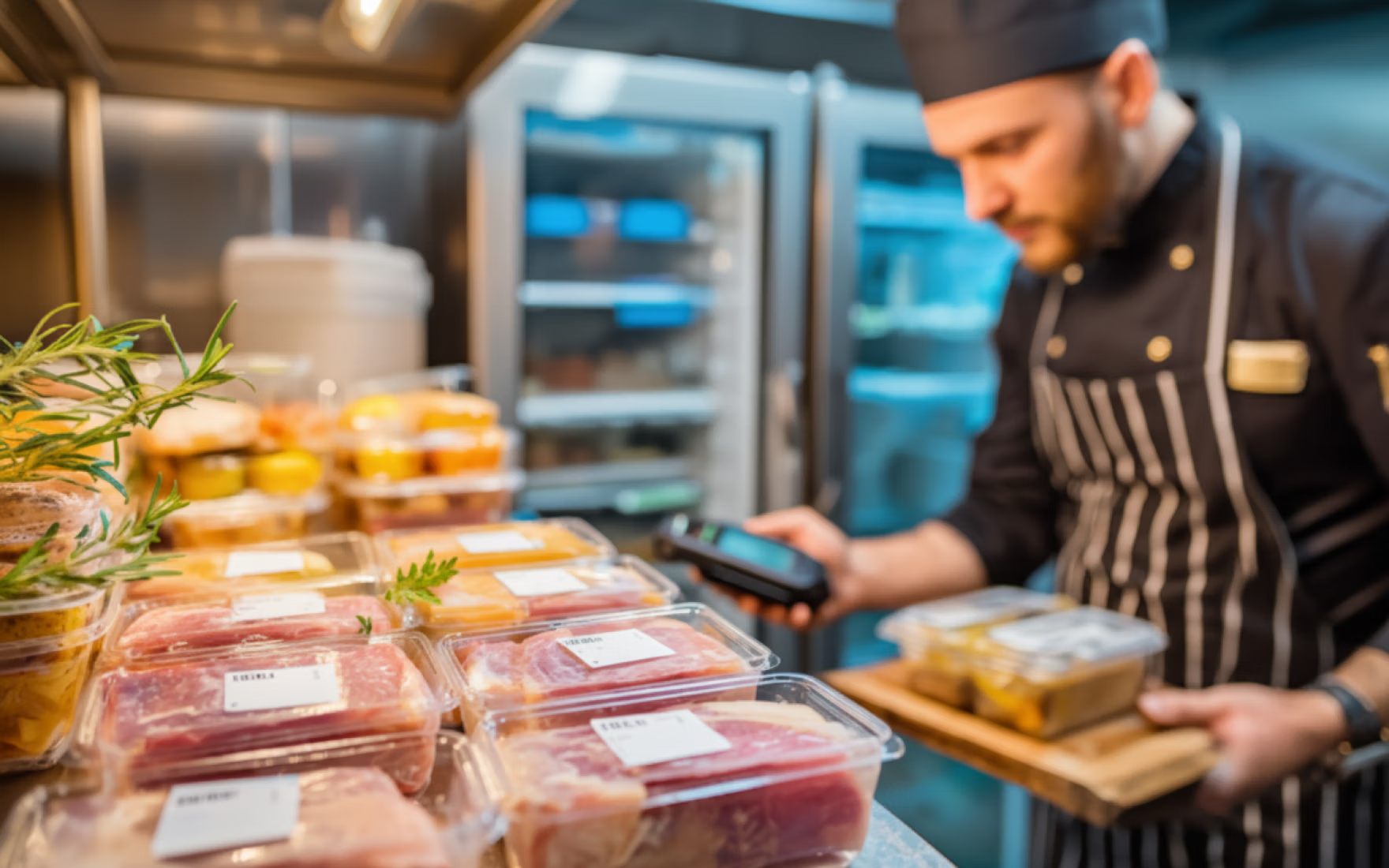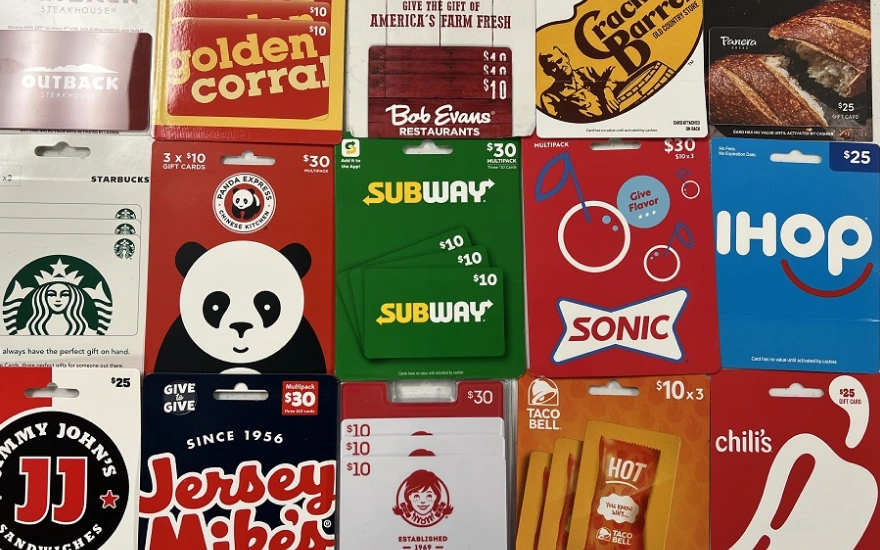A Guide to Canadian Holidays and Holiday Pay

Canadian holidays and holiday pay are important to understand. This guide will determine the differences between legal, federal, statutory, and provincial holidays.
When workers are on holiday, it affects your business operations and so you need to recognize the impact holidays can have and how best to navigate them.
According to the law, employers must fulfill certain obligations to their employees. Chief among these obligations in Canada is giving workers breaks during major holidays.
The Canada Labour Code provides for nine paid holiday breaks every year. Rules about employee compensations may vary from province to province but some apply at a federal level.
As a small business owner, you need all the information you can get to stay on the right side of the law. Let us now consider some of the different holidays and how they apply.
What is a Canadian legal holiday?
A legal holiday is one set aside by the government to celebrate a special day. On these days, the law expects an employer to give workers a break. There are only two national legal holidays in Canada: Canada Day and Victoria Day.
Other legal holidays are set by provincial governments. Your own employee contracts also provide for specific holiday breaks.
What is a Canadian federal holiday?
A federal holiday is a holiday in which employees get a day off, with pay. It concerns employers and employees under federal jurisdiction. However, the Labour Code does not prevent your employees from working on a holiday.
Employees whose job demands that they stay back and work during federal holidays must be paid.
The extra wages for federal holidays are often less than the regular rate for that day. In other words, if an employee works on a federal holiday, they receive a full day’s holiday pay plus whatever is set out in your business’s pay policy.
These are the nine federal public holidays recognized in Canada.
- New Years' Day
- Good Friday
- Victoria Day
- Canada Day
- Labour Law
- Thanksgiving Day
- Remembrance Day
- Christmas Day
- Boxing Day
Federal-regulated employees also enjoy an extra four statutory holidays! Those are listed below.
The 4 federal-regulated statutory holidays are:
- Victoria Day, the Monday before May 25th
- Thanksgiving Day, the second Monday in October
- Remembrance Day, November 11th
- Boxing Day, December 26th
What is a statutory holiday?
A Statutory Holiday is a holiday fixed by federal, territorial, or provincial legislation. Also called public or Stat holidays, they entitle workers to a paid day off.
This means that, even if your workers are not at work on those days, you have to pay them. If a worker works on a holiday, they earn a proportion of their regular pay plus full holiday pay.
Sometimes, the Statutory Holiday may fall on a weekend and in those cases the next available workday becomes the effective holiday.
These are five national statutory Canadian holidays in 2021.
- New Year's Day, January 1st
- Good Friday, the Friday before Easter Sunday
- Canada Day, July 1st
- Labour Day, the first Monday in September
- Christmas Day, December 25th
Not every employee gets to enjoy statutory holidays. , an employee must have worked for your company for approximately 30 days (the rule varies depending on the jurisdiction). Also, you may choose to waive this rule, to boost the morale of your staff, so that all your employees can enjoy the same days off, regardless of how long they have worked for you.
It will encourage them and show that you have their best interests at heart.
What is a provincial holiday?
A provincial holiday is a holiday recognized by a provincial government. It applies only within a particular province and the same day may be a normal working day in another province.
Some Canadian celebrations vary from province to province. Individual provinces have certain statutory holidays to celebrate historical and cultural events. On these days, workers will get a paid day off or a premium rate if they work.
The Employment Standards Act of each province regulates their specific holidays. It also covers all pay rules and other entitlements. You can find the applicable law for your province below:
- Ontario Employment Standards Act
- Alberta's Employment Standard Rules
- British Columbia's Employment Standards Act
- Manitoba's Employment Standards Act
- Saskatchewan Employment Standards Act
- Quebec Employment Standards Act
- Nova Scotia Employment Standards Act
- New Brunswick Employment Standards Act
- Newfoundland And Labrador Labour Standards
- Prince Edward Island's Employment Standards Guide
- Northwest Territories Employment Standards
- Yukon's Employment Standards Act
- Nunavut Labour Standards Act
What is a government holiday?
A government holiday is a date in the calendar set aside for Canadian celebrations. The federal, provincial, or territorial government legislates all holidays in Canada.
Federal holidays are for employees that work under federal jurisdiction. Provincial holidays relate to the specific provinces. Territorial holidays cover workers in different territories.
Workers may only take part in holidays that are relevant to their locale. As an employer, you don't have to give days off on all holidays, only on ones relevant to your region.
What is the best way to navigate holiday pay?
As a Canadian business owner you need to understand how to pay your staff for Canadian statutory holidays.
Paying promptly is key to building employee trust, plus it's the law.
There are two ways to navigate paying your employees for holidays, typically manual calculations, and cloud based solutions are the two most popular.
Manual calculations for holiday pay:
If you choose a manual solution, but don't know how to calculate your workers’ holiday pay, you are not alone.
Calculating this on your own may pose a problem for you because each holiday pay calculation will vary based on the province, but we created a handy guide below to help you out!
Other things to keep in mind when using manual calculations are manual errors, and manually transferring employee schedule and clock in data from roster to payroll. It is for that reason we recommend using an automated system to save you time and money.
Automated calculations for holiday pay:
We believe the best way to navigate holiday pay for Canadian holidays when it comes to your employees, is by investing in an integrated system that will help you stay on top of regulations, without you having to lift a finger.
This system works by integrating with your scheduling software and time tracking software, then streamlining your employees worked hours to payroll.
By using an automated payroll software solution, your employee statutory holiday pay calculations will automatically be made, and added onto your employees paychecks based around provincial rules. Plus, with an automated solution, employee payroll taxes are also calculated!
If you want to learn more about stat holidays in Canada, checkout our handy guide below!



